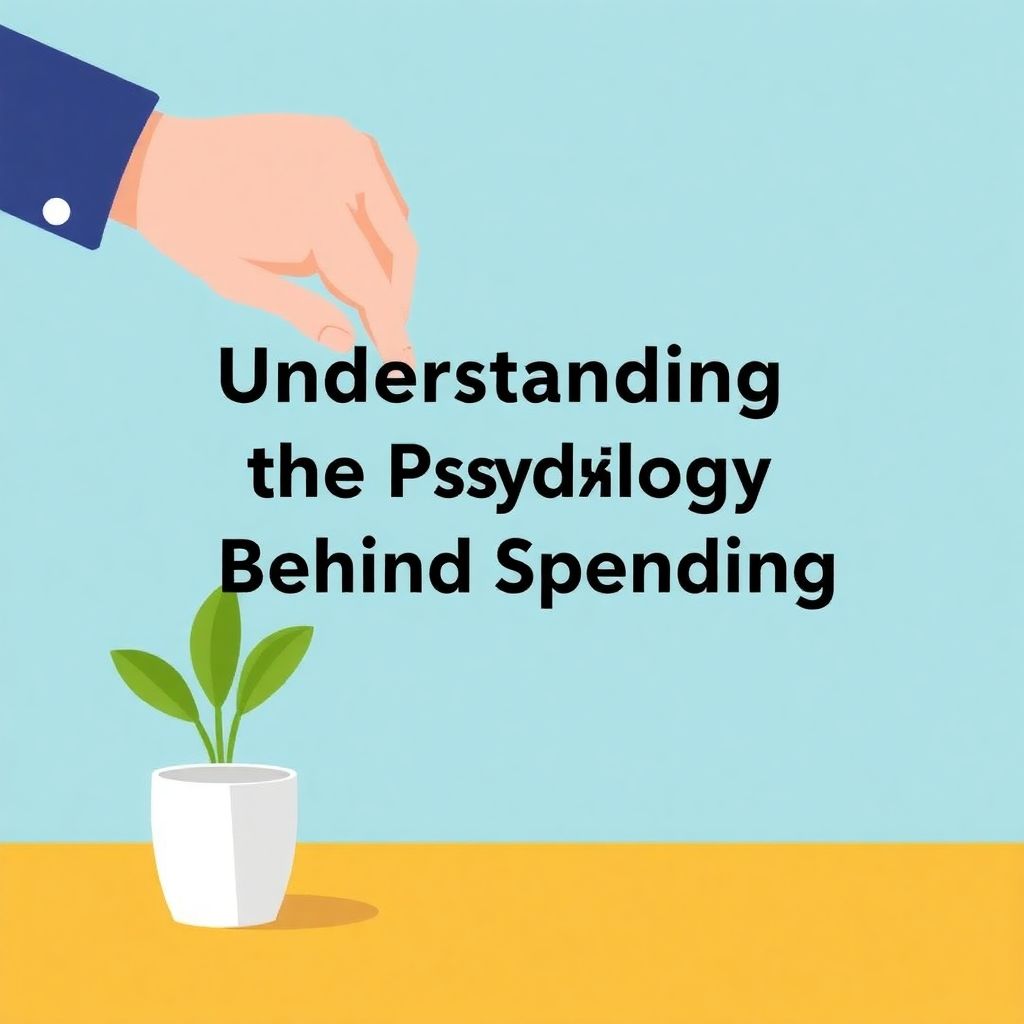Understanding the Psychology Behind Spending

Before diving into budgeting tips for healthy spending, it’s essential to understand the emotional and psychological roots of our financial behavior. Most people don’t overspend because they lack math skills — they overspend because of habits, peer pressure, impulse, or emotional triggers.
For instance, a study by the Journal of Consumer Research found that individuals are more likely to make unplanned purchases when they’re stressed or exhausted. That $7 latte or $100 impulse buy isn’t just about the product — it’s a coping mechanism. Recognizing these patterns is the first step toward changing them.
How to Build a Budget That Encourages Healthy Spending

A budget is not a prison for your money — it’s a roadmap. But not all roadmaps are built the same. A sustainable budget must reflect your real life, goals, and values.
1. Start With a Clear Picture of Your Finances
Before setting any limits, gather data. Track your spending for 30 days — every purchase, from rent to snacks. Use tools like Mint or YNAB (You Need A Budget), or go old-school with a spreadsheet.
Technical Tip:
> Calculate your average monthly expenses and compare them to your after-tax income. If your expenses exceed 90% of your income, you may be living too close to the edge to build savings.
2. Use the 50/30/20 Rule as a Baseline
This popular budgeting method allocates:
– 50% of income to needs (housing, groceries, transportation)
– 30% to wants (entertainment, dining out)
– 20% to savings and debt repayment
You can adjust it based on your goals, but it’s an excellent starting point for financial planning for beginners.
3. Set SMART Financial Goals
Vague goals like “save more” rarely stick. Instead, set SMART goals — Specific, Measurable, Achievable, Relevant, and Time-bound.
Example:
> “Save $3,000 in 12 months for an emergency fund by setting aside $250/month.”
This approach not only clarifies your priorities but also gives your budget a purpose.
Developing Healthy Spending Habits: From Theory to Practice
Creating a budget is only half the story. Sticking to it requires behavioral change.
1. Automate Where Possible
Set up automatic transfers to savings accounts on payday. This “pay yourself first” strategy ensures that saving money effectively becomes part of your routine — not an afterthought.
Real-Life Example:
> Maria, a freelance designer, set up a recurring transfer of $150 every two weeks into a high-yield savings account. After 10 months, she had $3,000 saved — painlessly.
2. Implement a 24-Hour Rule for Discretionary Spending
Before making non-essential purchases, wait 24 hours. This delay helps reduce impulse buying and increases mindful consumption.
3. Track and Review Monthly

Budgeting isn’t static. Life changes, and so should your plan. Set a monthly calendar reminder to review your spending and adjust categories as needed.
Technical Tip:
> Use the 80/20 review method: focus on the 20% of expenses causing 80% of budget strain. This often includes dining out, subscriptions, or shopping.
Expert Insights: What Financial Coaches Recommend
We asked certified financial planner Sarah Jensen (CFP®) for her input:
> “Most people fail at budgeting not because they don’t try — but because they’re too rigid. Flexibility is key. Build in some ‘fun money’ to avoid burnout. You don’t have to sacrifice joy to save.”
Another expert, Tony Delgado, a behavioral finance coach, emphasizes automation:
> “Your brain loves default behavior. If you automate good choices — like saving or debt payments — you remove willpower from the equation. That’s how you build sustainable, healthy spending habits.”
Common Pitfalls to Avoid
Even with the best intentions, it’s easy to fall into traps.
1. Underestimating variable expenses — Groceries, gas, and utilities can fluctuate. Always budget a buffer (about 10%).
2. Lifestyle inflation — As income increases, so do expenses. Avoid the trap by increasing savings rate when you get a raise.
3. All-or-nothing mindset — One slip-up doesn’t mean failure. Adjust and move on.
Conclusion: Budgeting as a Lifestyle, Not a Limitation
Building healthy spending habits within a new budget isn’t about restriction — it’s about intention. When you align your spending with your values, automate your goals, and allow room for real life, budgeting becomes a tool for freedom, not frustration.
Whether you’re just learning how to build a budget or looking for ways of saving money effectively, remember: progress is more important than perfection. Start simple, stay consistent, and adjust as life evolves.
By integrating these budgeting tips for healthy spending and maintaining a realistic, flexible mindset, you lay the foundation for long-term financial wellness.

